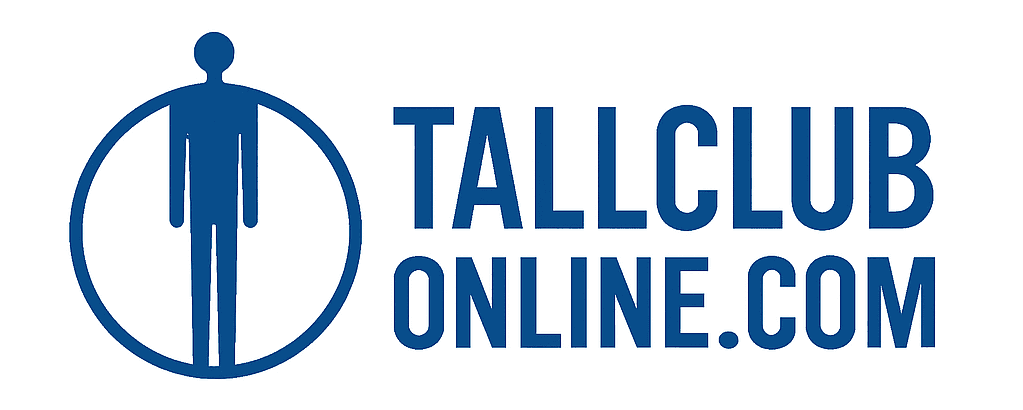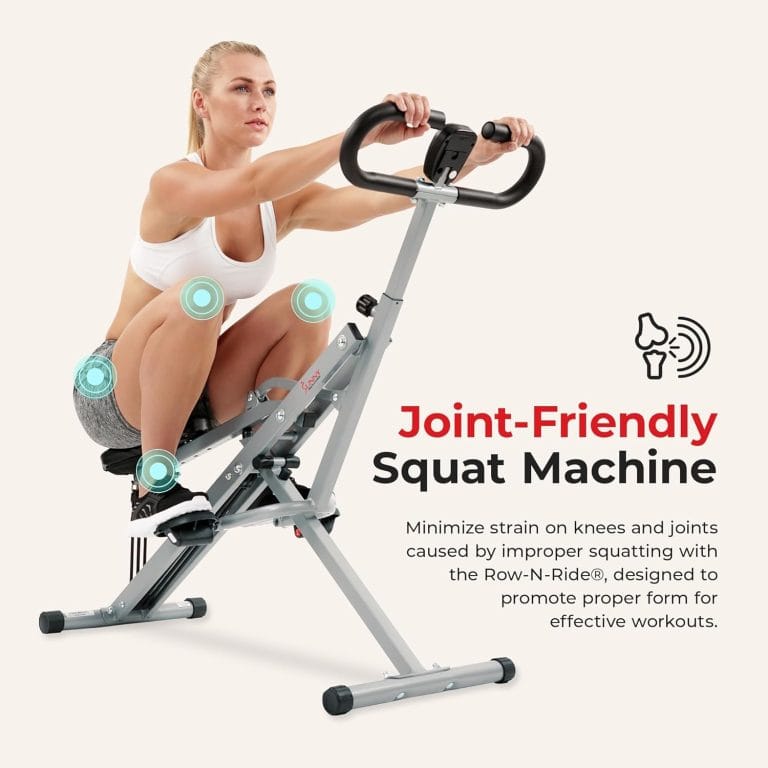Nutrition and Fitness for Tall Men and Women: Fuel Your Long Frame

When it comes to maintaining a healthy lifestyle, tall men and women have unique needs when it comes to nutrition and fitness. Their long frames require specific attention to both diet and exercise to ensure they stay strong, healthy, and injury-free. Understanding the relationship between proper nutrition and fitness routines is essential to fueling your body’s needs and maximizing performance.
In this article, we’ll explore how to properly fuel your body and tailor your fitness routine to ensure you’re meeting the demands of your tall frame.
The Importance of Proper Nutrition for Tall Individuals
1. Higher Caloric Needs
Tall bodies, with their larger frames, typically require more calories than shorter individuals. Whether you’re looking to maintain weight, gain muscle, or lose fat, understanding your caloric intake is vital. When you’re taller, you need to ensure that you’re providing your body with enough energy to sustain muscle growth, repair, and daily activities.
Tip: For maintenance, tall individuals should aim to consume around 15-18 calories per pound of body weight, depending on their activity level.
2. Protein for Muscle Recovery
As a tall individual, you likely have more muscle mass to support, which means you need adequate protein to repair and grow your muscles. Protein plays an essential role in muscle recovery after workouts, especially if you’re engaging in strength training or other demanding physical activities.
Tip: Aim for about 1.2 – 2.0 grams of protein per kilogram of body weight. Sources like chicken, fish, eggs, legumes, and tofu are excellent options.
3. Healthy Fats for Joint Support
Tall individuals often experience more stress on their joints due to their larger frames. Consuming healthy fats, particularly omega-3 fatty acids, can help reduce inflammation and support joint health. Foods like salmon, avocados, chia seeds, and walnuts provide the essential fats needed to maintain joint mobility.
Tip: Include a variety of healthy fats in your diet to help reduce joint pain and inflammation, a common issue for tall people.
Best Nutrition Strategies for Tall Men and Women
1. Focus on Balanced Meals
For tall individuals, focusing on balanced meals is key to meeting nutritional needs. Make sure each meal includes the right proportion of macronutrients (protein, fats, and carbohydrates) to support energy levels and muscle recovery.
Tip: Include vegetables, lean proteins, whole grains, and healthy fats in every meal. This will ensure you’re getting the nutrients your body needs for optimal performance.
2. Hydration is Crucial
Because tall individuals tend to have larger bodies and more muscle mass, staying hydrated is even more important. Dehydration can lead to muscle cramps, fatigue, and poor performance. Make sure to drink plenty of water throughout the day, especially before and after workouts.
Tip: Aim for 8-10 cups of water a day, and increase this amount if you are engaging in intense physical activity.
3. Micronutrients for Overall Health
Tall individuals, like everyone else, need a variety of vitamins and minerals to ensure optimal health. Pay particular attention to calcium, magnesium, and vitamin D to support bone health, as tall individuals may experience more strain on their bones and joints.
Tip: Incorporate leafy greens, dairy products, fortified cereals, and nuts to meet your micronutrient needs.
Tailored Fitness Routines for Tall Bodies
Having a fitness routine that works for your tall frame is essential to building strength and avoiding injury. Tall individuals often face challenges when performing certain exercises, as their limbs require a different range of motion than shorter people. Here are some fitness tips specifically for tall bodies:
1. Strength Training for Tall Individuals
Strength training is one of the most effective ways to improve muscle mass and bone density, which is particularly important for tall individuals who may experience more wear and tear on their muscles and joints. However, it’s important to adjust exercises to your body’s proportions.
Tip: Focus on compound movements like squats, deadlifts, and bench presses to target multiple muscle groups at once. Use free weights instead of machines to allow for a greater range of motion, which is crucial for tall bodies.
2. Flexibility and Mobility Exercises
Because tall individuals often have longer limbs, they may experience stiffness in their joints, especially in the hips, knees, and lower back. Adding mobility and flexibility exercises to your routine can help improve joint function and reduce discomfort.
Tip: Incorporate dynamic stretching before workouts and static stretching after workouts. Focus on hamstrings, hips, and lower back stretches to relieve tension.
3. Cardio for Tall Bodies
Cardio exercises, such as running, swimming, or cycling, are important for cardiovascular health and burning calories. However, tall people should be cautious of the impact on their joints, especially the knees and hips.
Tip: Opt for low-impact cardio activities like swimming or cycling to reduce joint strain. When running, ensure you’re wearing proper footwear and use proper running form to minimize stress on your joints.
4. Posture and Alignment
Tall individuals need to be extra mindful of their posture during any physical activity. The longer spine and limbs can lead to imbalances, which, over time, may cause discomfort or injury. Strengthening your core and practicing good posture during exercise can prevent these issues.
Tip: Focus on exercises that engage your core, such as planks, Russian twists, and dead bugs, to support good posture during movements.
Key Takeaways
Tall individuals need to focus on a balanced diet with higher caloric needs to support their larger frame and active lifestyle.
Protein is essential for muscle recovery, and healthy fats support joint health.
Staying hydrated and consuming a variety of micronutrients will help prevent nutrient deficiencies.
Strength training, flexibility, and cardio should be tailored to suit tall individuals’ body proportions to prevent injury and promote long-term health.
FAQ: Nutrition and Fitness for Tall Bodies
Q1: Do tall people need to eat more than shorter people?
Yes, tall individuals typically have higher caloric needs due to their larger frame and more muscle mass. Ensure you’re eating enough to support your activity level and overall health.
Q2: What type of exercise is best for tall bodies?
A combination of strength training, cardio, and flexibility exercises is ideal for tall individuals. Focus on compound movements, low-impact cardio, and mobility exercises to avoid strain.
Q3: Can nutrition help prevent joint pain in tall individuals?
Yes, consuming omega-3 fatty acids and anti-inflammatory foods can help reduce joint pain and support overall joint health.
Q4: How can I maintain a healthy weight as a tall person?
By following a balanced diet, adjusting your caloric intake to match your activity level, and incorporating a mix of strength training and cardio, you can maintain a healthy weight.






